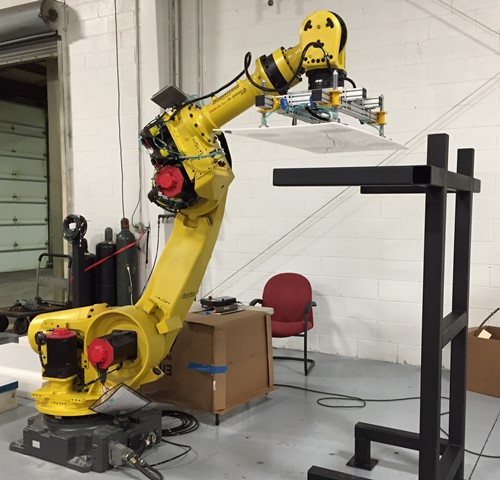Robotics technology has been advancing rapidly in recent years, with new possibilities for automation and efficiency gains. One of the most exciting developments is the emergence of collaborative robots designed to work alongside humans as an efficient and safe alternative to traditional robotic systems.
Collaborative robots can provide significant safety advantages over other automated machines, making them increasingly attractive to manufacturers who want to minimize risks and maximize productivity. In this article, we will look at six ways that collaborative robots enhance safety in manufacturing environments.
Table of Contents
Reduced human error
One of the key benefits of a collaborative robot is that it can significantly reduce the risk of human error. Traditional robotic systems typically require manual programming and operation, which can be time-consuming and prone to errors. In contrast, collaborative robots are designed to work seamlessly with people, using advanced machine learning algorithms to understand their environment and adjust accordingly. It reduces the likelihood of mistakes made by humans and robots, making them a safer option for manufacturing operations.
In addition, collaborative robots are equipped with sensors and other safety features that can detect potential environmental hazards. It allows them to react when danger is detected, helping to minimize any risk of injury or damage.
Improved safety features
Another way that collaborative robots help improve safety in manufacturing environments is by using improved safety features. Unlike traditional robot systems, which rely solely on physical barriers to protect workers from harm, collaborative robots also include sophisticated software and hardware features that enable them to detect potential safety risks. It includes the ability to sense their environment and adjust their movements accordingly and advanced algorithms that detect changes in the environment or other anomalies.
These improved safety features can reduce the risk of accidents and allow robots to operate more efficiently. Manufacturers can better monitor their production processes and ensure they remain safe using these advanced sensors and algorithms.
Increased accuracy
The increased accuracy of collaborative robots is another crucial benefit regarding safety in manufacturing environments. Traditional robotic systems often require manual programming, which can be time-consuming and prone to errors. By contrast, collaborative robots are equipped with advanced algorithms and sensors to detect their environment more accurately. It allows for more precise movements, reducing the risk of accidents or errors.
A collaborative robot can also use environmental feedback to adjust its actions accordingly. It can help increase production processes’ efficiency while ensuring safety measures are being adhered to.
Reduced noise
One of the main benefits of cobots is that they are much quieter than traditional robotic systems. It is due to their use of advanced algorithms and sensors, eliminating the need for loud mechanical components and motors. As a result, manufacturers can operate without fear of excessive noise levels disrupting the production process or posing a safety hazard.
This noise reduction also helps reduce stress levels among workers, allowing them to concentrate on their tasks more effectively. It can make the working environment safer by reducing fatigue and improving concentration levels.
Increased flexibility
Collaborative robots offer increased flexibility when compared to traditional robotic systems. It is due to their ability to operate in a variety of environments, as well as their capacity for self-modification and adaptation. These features enable them to respond quickly to changes in the environment or new tasks, allowing manufacturers to use them in various applications.
This increased flexibility helps manufacturers reduce costs by eliminating the need for costly modifications or purchases when switching between production tasks. Furthermore, it makes production processes much more efficient as robots can quickly adjust to new conditions without reprogramming manually.
Lower maintenance costs
The lower maintenance costs associated with collaborative robots make them ideal for manufacturing operations where safety is paramount. Unlike traditional robotic systems, which require frequent maintenance and repairs, collaborative robots are equipped with sophisticated sensors and algorithms that reduce the need for costly repairs or replacements. It can help to save manufacturers money in the long run as they will not have to replace parts as frequently.
The use of collaborative robots helps to reduce downtime due to maintenance issues because their advanced features enable them to detect potential problems before they become serious, allowing manufacturers to address any issues quickly and easily without disrupting production processes or endangering workers.









